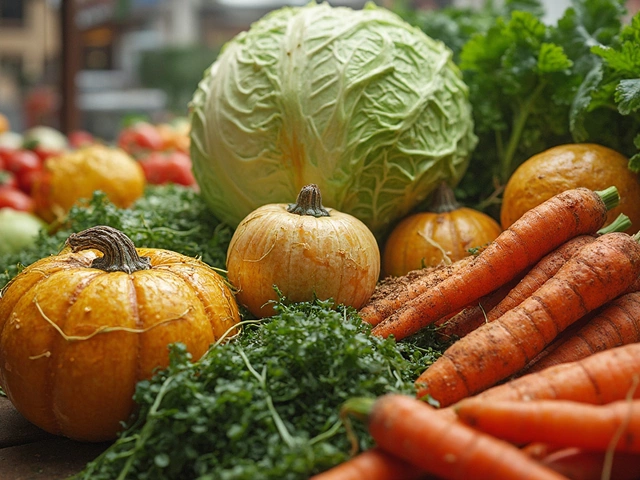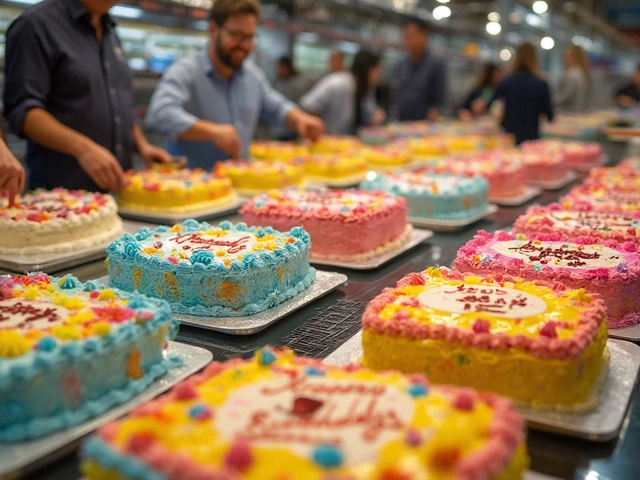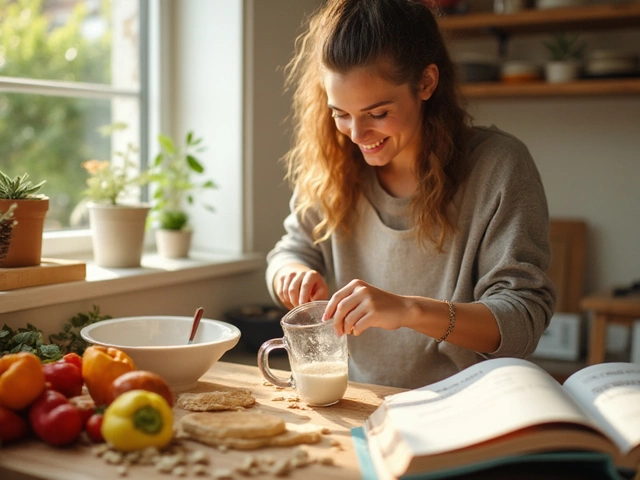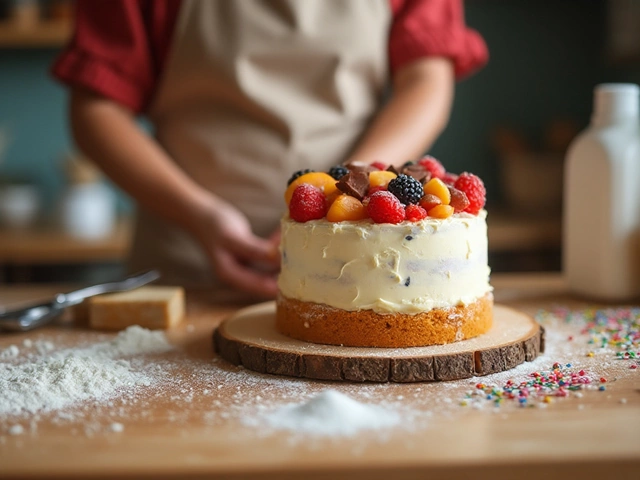Pavlova: Easy Recipes, Simple Tips, and Delicious Variations
If you’ve ever wondered why pavlova looks so fancy yet can be simple to make, you’re in the right place. This classic meringue dessert, named after a famous dancer, is basically a crunchy‑shelled cloud with a fluffy inside, topped with fresh fruit and whipped cream. Below you’ll get the basics, a fool‑proof method, and ideas to keep it interesting.
How to Make a Perfect Pavlova
Start with three simple ingredients: egg whites, sugar, and a pinch of salt. Beat the whites until they hold soft peaks, then gradually add sugar, one spoon at a time, while the mixer is running. The mixture should be glossy and form stiff peaks. A quick test—rub a little between your fingers; it should feel smooth, not gritty.
Next, fold in a teaspoon of cornstarch and a splash of vinegar or lemon juice. This gives the crust its crunch and helps stop the meringue from cracking. Spread the batter on a parchment‑lined tray, shaping it into a circle with a small well in the center.
Preheat the oven to 300°F (150°C). Bake for about 45 minutes, then turn the heat off and leave the door ajar for the pavlova to cool slowly. This gradual cooling prevents the inside from collapsing and stops the dreaded “weeping” where moisture drips down the sides.
When it’s cool, top it with a generous dollop of lightly sweetened whipped cream. Add sliced kiwi, strawberries, passion fruit pulp, or whatever fruit you love. The fruit’s acidity balances the sweet meringue and adds a fresh pop.
Pavlova Variations & Serving Ideas
Feel free to switch up the flavors. Add a bit of vanilla extract or almond essence to the meringue for a subtle aroma. For a chocolate twist, fold in a tablespoon of cocoa powder before baking.
If you’re short on time, make mini pavlovas in a muffin tin. They bake faster and are perfect for parties. Serve each bite‑size cloud with a swirl of mascarpone mixed with a drizzle of honey.
Remember, pavlova is best eaten the same day it’s baked. Store any leftovers, un‑topped, in a sealed container at room temperature for up to two days. Once you add the cream and fruit, it can get soggy, so keep the toppings separate until you’re ready to serve.
With these tips, you’ll get a pavlova that’s crisp on the outside, soft in the middle, and loaded with fresh fruit flavor. Giving it a try is easier than you think—just follow the steps, stay patient during the cooling phase, and enjoy the results with friends or family. Happy baking!
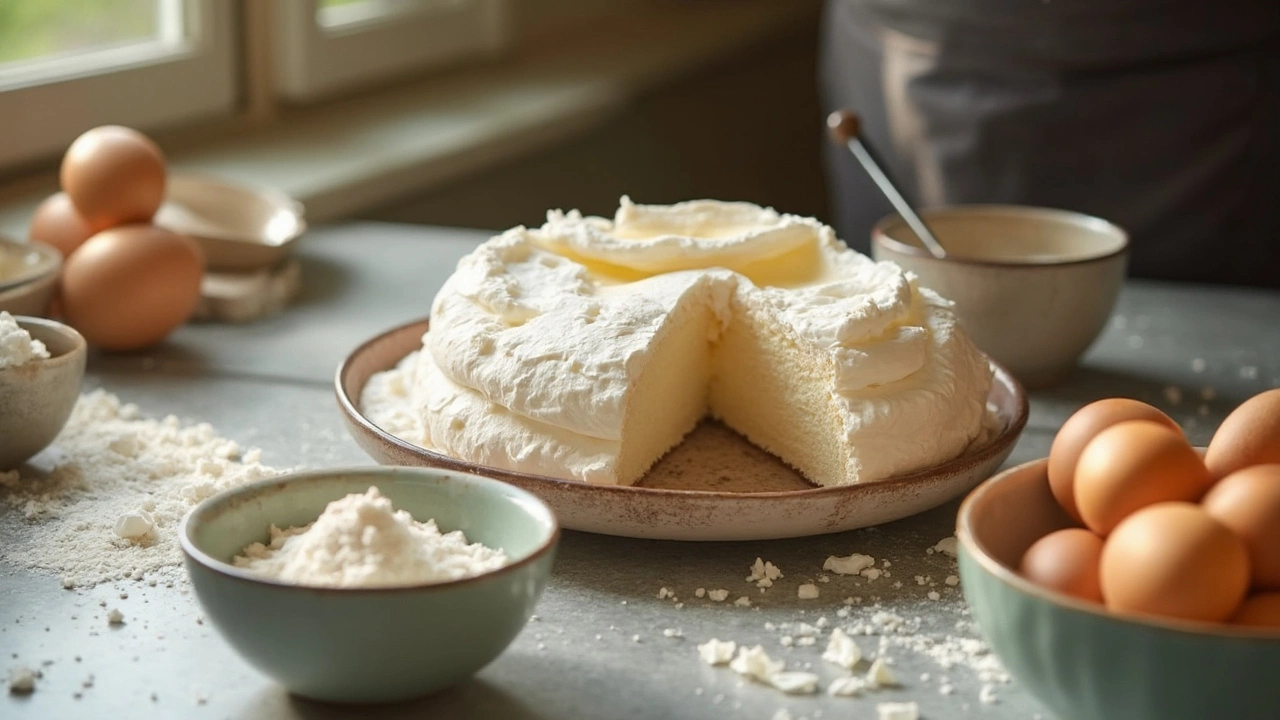
Cornflour and Vinegar in Pavlova: Why They Matter
Ever wondered why pavlova recipes nearly always call for cornflour and vinegar? These two pantry staples are the secret to that perfect marshmallowy center and crackly crust we all crave. If you've ever ended up with a weepy, rubbery, or flat pavlova, small ingredient tweaks, like adding cornflour or vinegar, might be just what you need. Understanding their roles helps you troubleshoot common meringue fails. Here's the real reason you shouldn't skip them.
View MorePavlova Ingredients: What Really Goes Into This Iconic Dessert?
Curious about what gives pavlova its crisp shell and marshmallowy center? This article breaks down the main ingredients you need for classic pavlova and why each one matters. Whether you're a first-timer or perfecting your technique, learn key tips for picking, measuring, and mixing the essentials. Bust some myths and discover why ingredient quality can make or break your bake. Get practical advice you can actually use in your kitchen.
View More
Lemon Juice vs. White Wine Vinegar in Meringue: What Really Works?
Swapping white wine vinegar with lemon juice in pavlova meringue is a tempting shortcut, but will it actually work? This article breaks down how these acidic ingredients affect meringue texture and taste, and whether lemon juice is a solid stand-in. Find out if your pavlova will still hold its shape and flavor with the swap, plus tips for success. No-nonsense advice and real kitchen talk for home bakers who want to get it right. It's the practical guide you'll wish you had before your next bake.
View More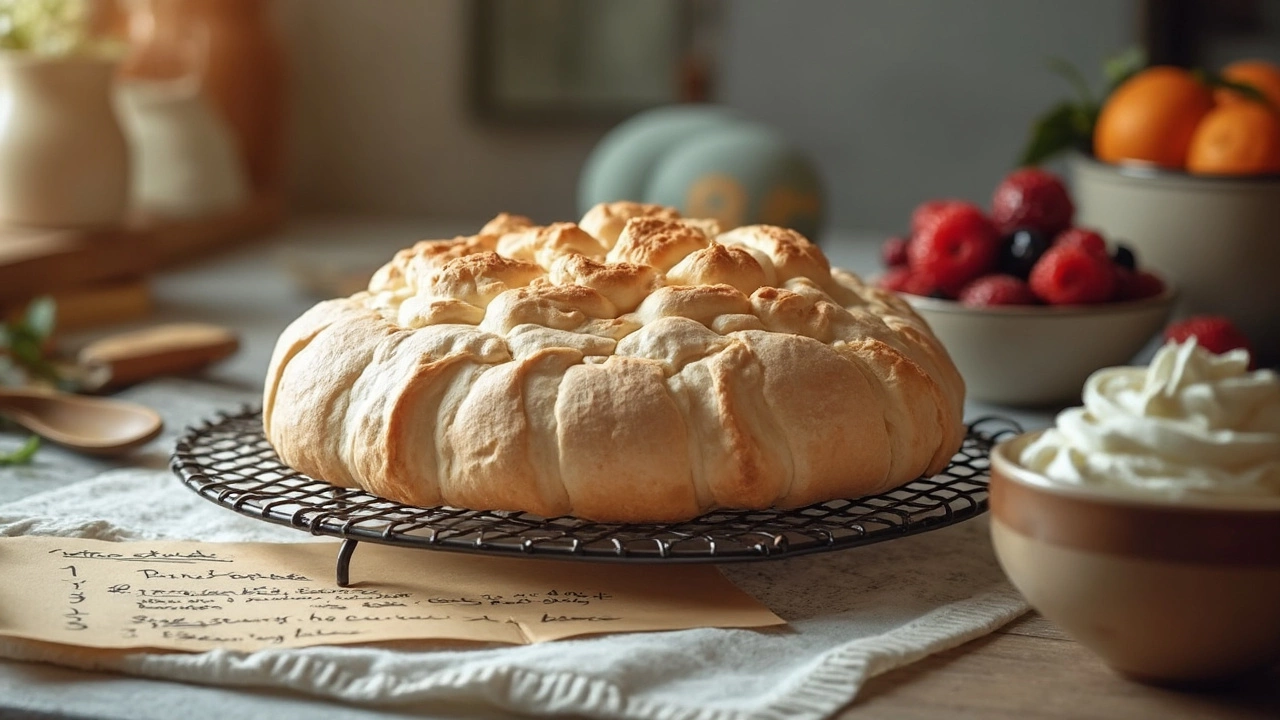
Pavlova the Day Before: Is It Okay and Does It Stay Perfect?
Wondering if you can make pavlova ahead of time without it turning soggy or losing its crunch? This article digs into the facts about making pavlova the day before, shares pro tips for storing it right, and covers the best way to assemble it for that fresh-out-of-the-oven crispness. You'll also get a glimpse at real-life mistakes and what actually happens after a night in the fridge. If you want to save prep time and still impress your guests, these tricks will save the day.
View More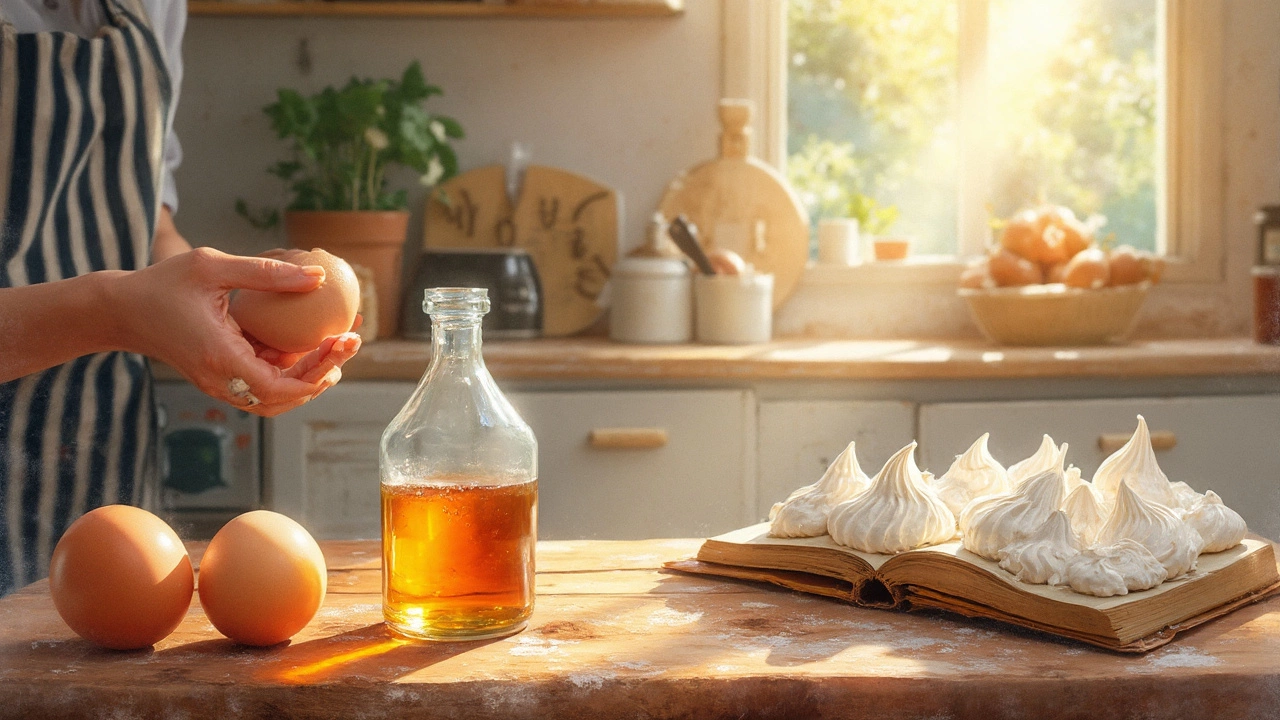
Why Vinegar is Essential in Pavlova Recipes
Vinegar might sound like an odd ingredient for a delicate dessert like pavlova, but it plays a crucial role in achieving the perfect texture. It stabilizes the egg whites, creating a firm structure that helps the pavlova maintain its shape and signature crispness. This article explores why vinegar is essential, touching on its role in balancing flavors and improving the dessert's overall texture. Discover tips and tricks to achieve a flawless pavlova every time.
View More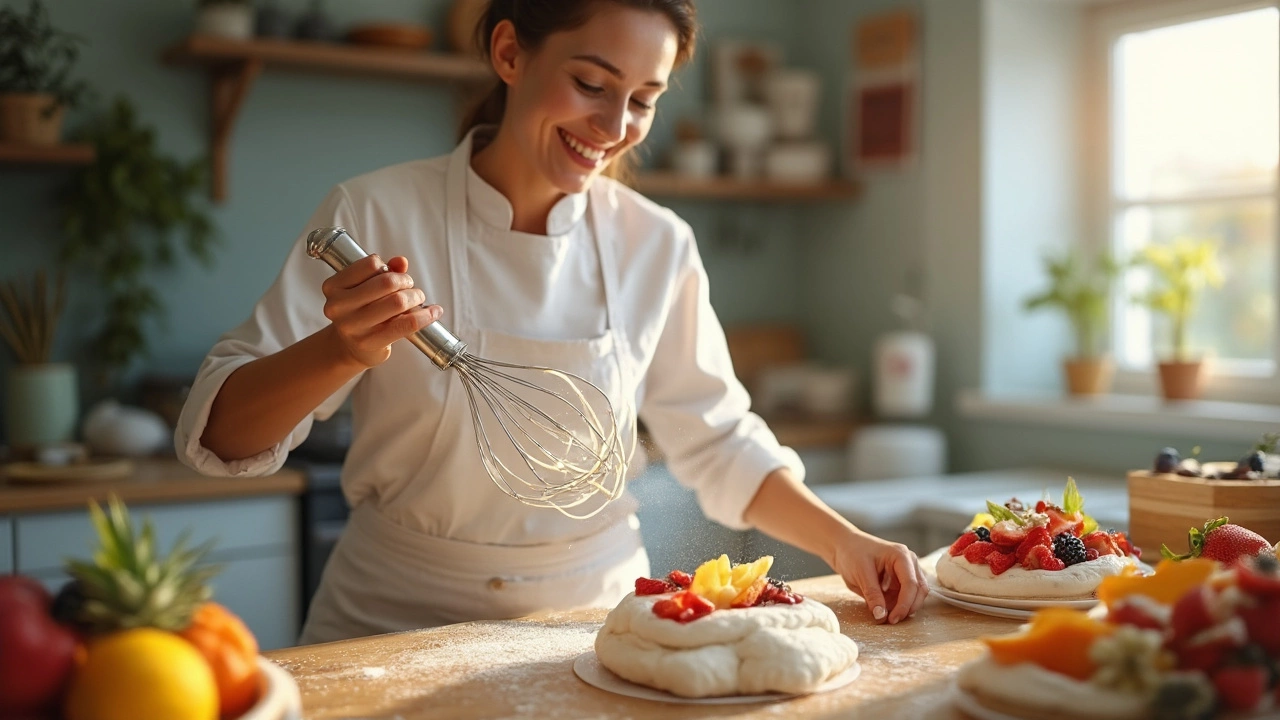
Why Won't My Pavlova Go Crispy? Simple Fixes for a Common Issue
Struggling to achieve the perfect crispy shell on your pavlova? Discover the reasons behind a soggy meringue and learn simple tweaks to ensure your pavlova turns out just right. From beating the egg whites to the right baking techniques, this guide tackles common pitfalls and offers practical tips to elevate your dessert game. Whether you're a novice baker or seasoned pro, prevent disappointment with these handy insights.
View More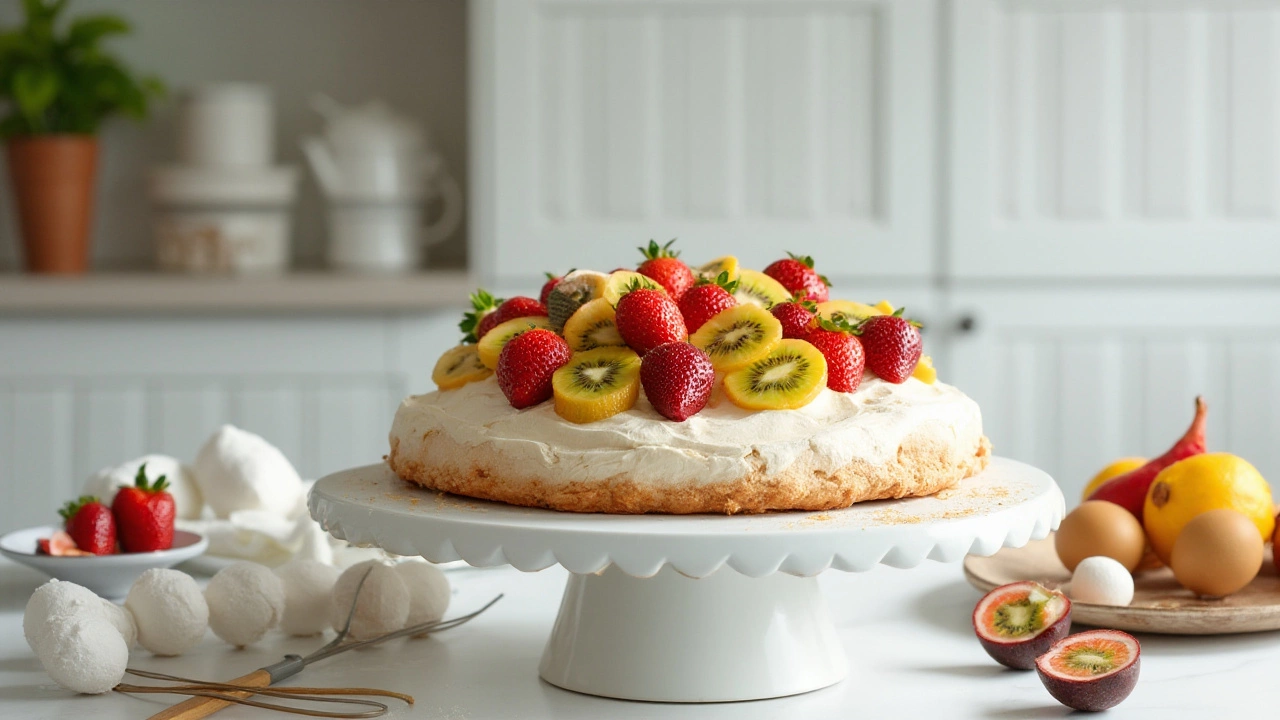
Secrets to Perfect Pavlova: How to Avoid a Soggy Dessert
Pavlovas, with their delicate meringue bases and luscious toppings, can often fall victim to unwanted sogginess. This article explores practical techniques and handy tips to keep your pavlova crisp and delicious. From careful ingredient selection to innovative storage solutions, discover the secrets to serving a picture-perfect pavlova every time.
View More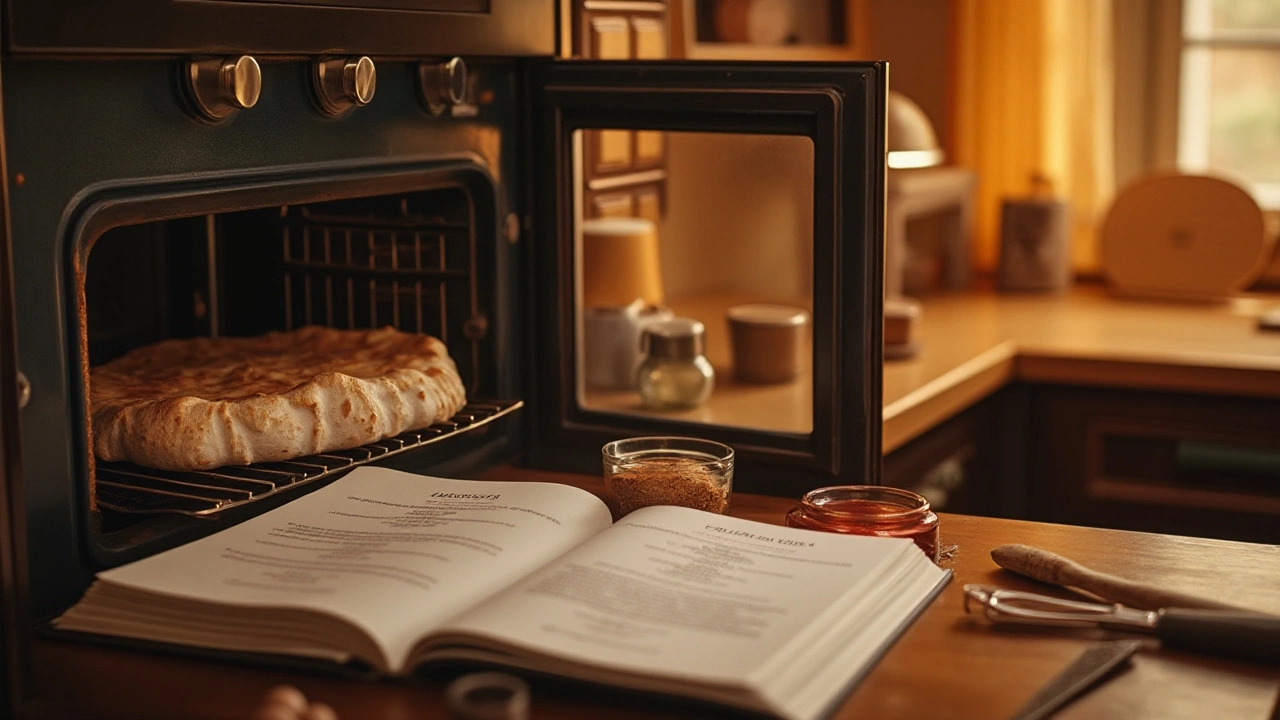
Mastering Pavlova: Should You Leave the Oven Door Open?
Pavlova is a delicate dessert that requires careful attention during baking. The main question is whether to leave the oven door open during baking or not. This article explores the reasons behind this practice, shares tips for achieving the perfect balance of crispy outer and marshmallow-like interior, and highlights common mistakes to avoid. Readers will also discover interesting facts about the origins of pavlova and its variations around the world.
View More
